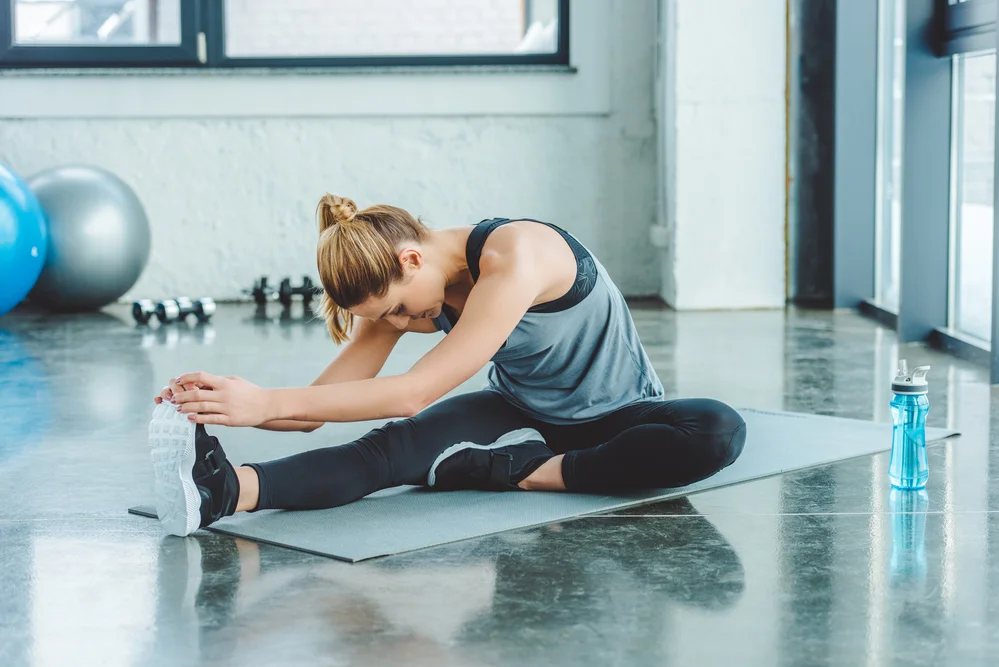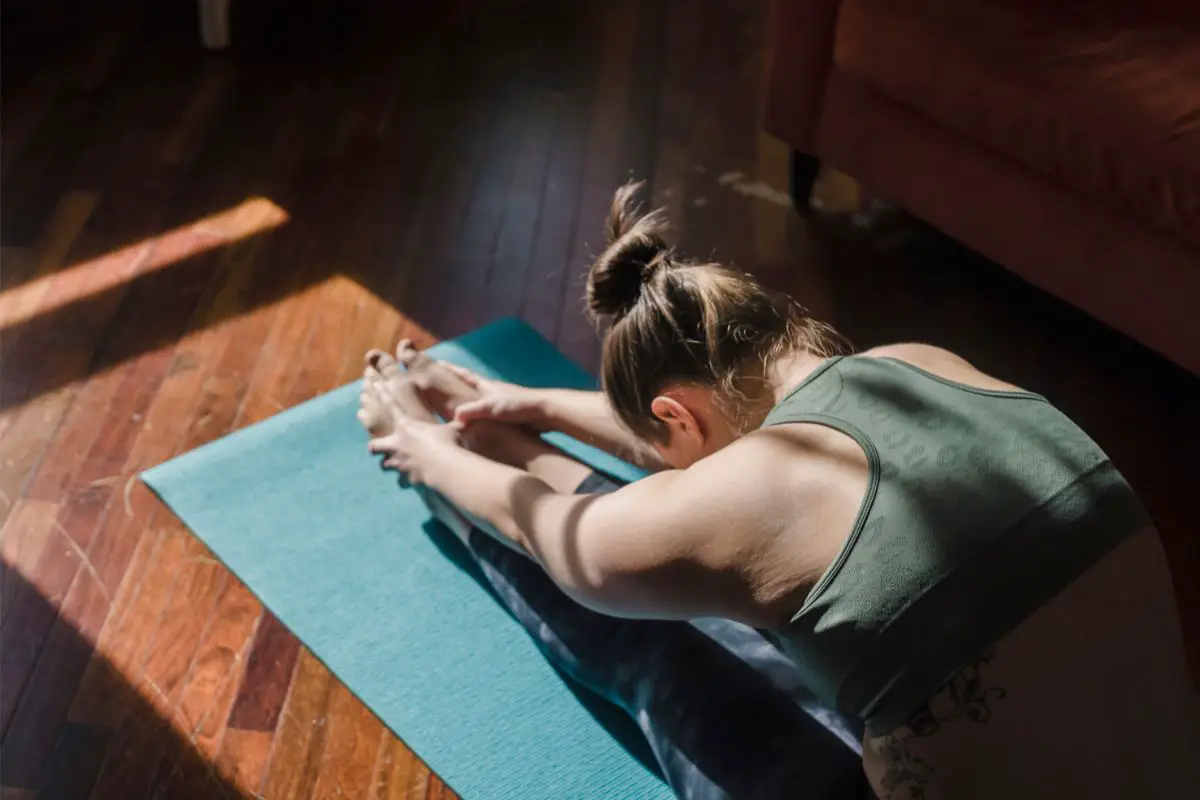Health

When people think of exercising or moving their body, they often think of strength or cardiovascular exercises such as walking on a treadmill, going for a run, or lifting weights in the gym.
These are all very effective forms of keeping the body active.
Yet there is one very significant component that is typically overlooked when it comes to these exercises. What is it, we hear you ask? Stretching before and after a workout.
To develop optimal fitness levels, it’s essential to include some sort of stretching in your routine. This will also safeguard your health and athletic performance.
If you want to learn more about why you need to stretch, and which types of stretching to use, this article will give you all the answers that you need.
All About Stretching
Stretching refers to the practice of elongating a muscle group, or a specific muscle, to its full length.
It’s typically an instinctive and completely natural behavior that we do without even thinking about it.
For example, when we wake up, many of us will instinctively stretch our arms up and over our heads, stretching from our fingertips to our toes.
This also applies if you sit for long periods as your body will automatically tell you that you need to stretch.
Why Is Stretching Important?
Stretching is good for keeping the muscles strong, flexible, and very healthy.
This sort of flexibility is a huge factor that contributes to maintaining a whole range of joint motion. Without this sort of movement, the muscles become tight and short.
Making time to stretch is also very important to ensure that blood continuously flows to the muscles which increase the nutrients that reach the muscles and also significantly boosts oxygen levels.
Types Of Stretching
Dynamic Stretching (Warm-Ups)
Dynamic stretches are controlled movements that work to prepare your muscles for an upcoming activity.
Any athlete or dancer, for example, will need to include dynamic stretching to decrease stiffness and increase muscle temperature. Common dynamic stretches include:
- Torso twist: stand tall with your legs shoulder width apart and your hands resting on your waist or at your side. Start twisting from side to side at 90 degrees.
- Walking Lunge: with your hands on your hips, take a step and then lunge without allowing your knee to pass over where your ankle is.
Static Stretching (Cool Downs)
Static stretches involve moving the muscle to the very extent of the available range of motion.
It should be performed once an activity or exercise has been completed, or as the main part of a daily stretching routine.
Some of the most common static stretches include the following:
- Hamstring Stretch: with a flat back and straight knee you should extend your leg out and then lean forward to feel a stretch toward the back of your leg.
- Upper Back Stretch: stretch your arms in front of you. Clasp one hand on top of the other and reach gently out so you feel your shoulder blades pushing away from each other. Bend your head forward gently and hold for around 30 seconds.
How And When To Stretch

Stretches must be performed at least three to four times each week.
If you play sports or are very active, you should make sure to carry out stretches before and after practices and games after around 5-10 minutes of warming up your muscles.
Warm-ups are designed to loosen the muscles and increase blood flow to the tendons and muscles.
This will not be something to think about once you have completed your workout as your muscles will be considerably looser.
You should gently hold your stretches for anywhere between 20 and 45 seconds, making sure to repeat every stretch a few times to help loosen up targeted muscle groups.
When you stretch it should not be painful. The key is to take your time to make sure you do not hurt yourself unnecessarily.
Main Benefits Of Stretching
There are a couple of incredible benefits associated with stretching. We’ll include these below.
- Increased Flexibility: being flexible refers to the ability, or degree, to which a muscle can lengthen. Our muscles will become less flexible as we age as they grow much tighter and shorter, which often means that we become far more susceptible to injury. By stretching, it is possible to maintain and even increase this level of flexibility.
- Improve Circulation: effective stretching can help to increase the amount of blood flow directly to the muscles. Not only does this nourish the muscles but it can also remove byproducts from the tissue in the muscles.
- Limits Pain: a lot of us experience significant muscle tightness in various parts of the body including hip flexors. However, this is a common cause of bad lower back pain. Fortunately, a regular stretching routine can help to limit or eliminate this sort of pain.
- Helps Posture: stretching the muscles in the lower back, chest, and shoulders is a great way to better align your back and improve your posture.
- Relaxation: simply put, stretching feels amazing, especially after a workout. It works to calm the body and settle it into a state of relaxation by improving artery function and lowering blood pressure.
Key Tips When Stretching
When you start to stretch there are a few key things that you need to keep in mind. We’ve outlined these below for you to take a look at.
- Warm up with some form of cardiovascular activity before you stretch to ensure your muscles are far more pliable.
- Consistency is key when it comes to stretching.
- Breathe into any stretch that you do, deeply and slowly.
- Be gentle with yourself and listen to your body as it shows you what your limits are.
Summary
In conclusion, there are a few reasons why we need to stretch whenever we move our bodies.
The most important reason is to help us improve flexibility and create a much better range of joint motion. This makes any performance in different types of physical activity so much better.




